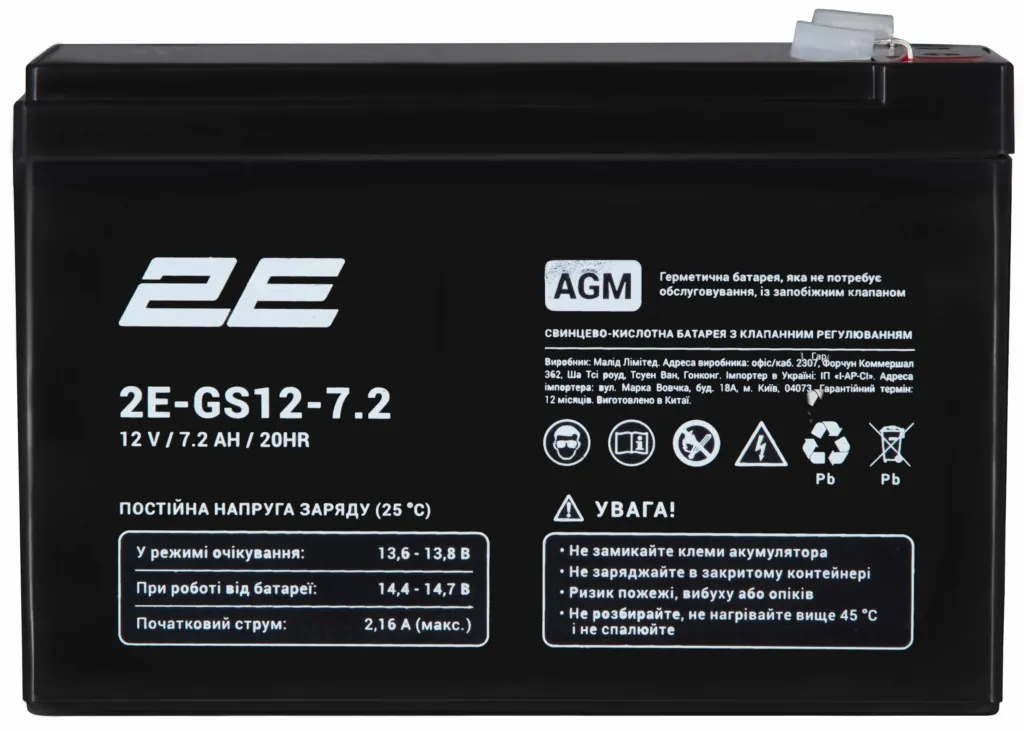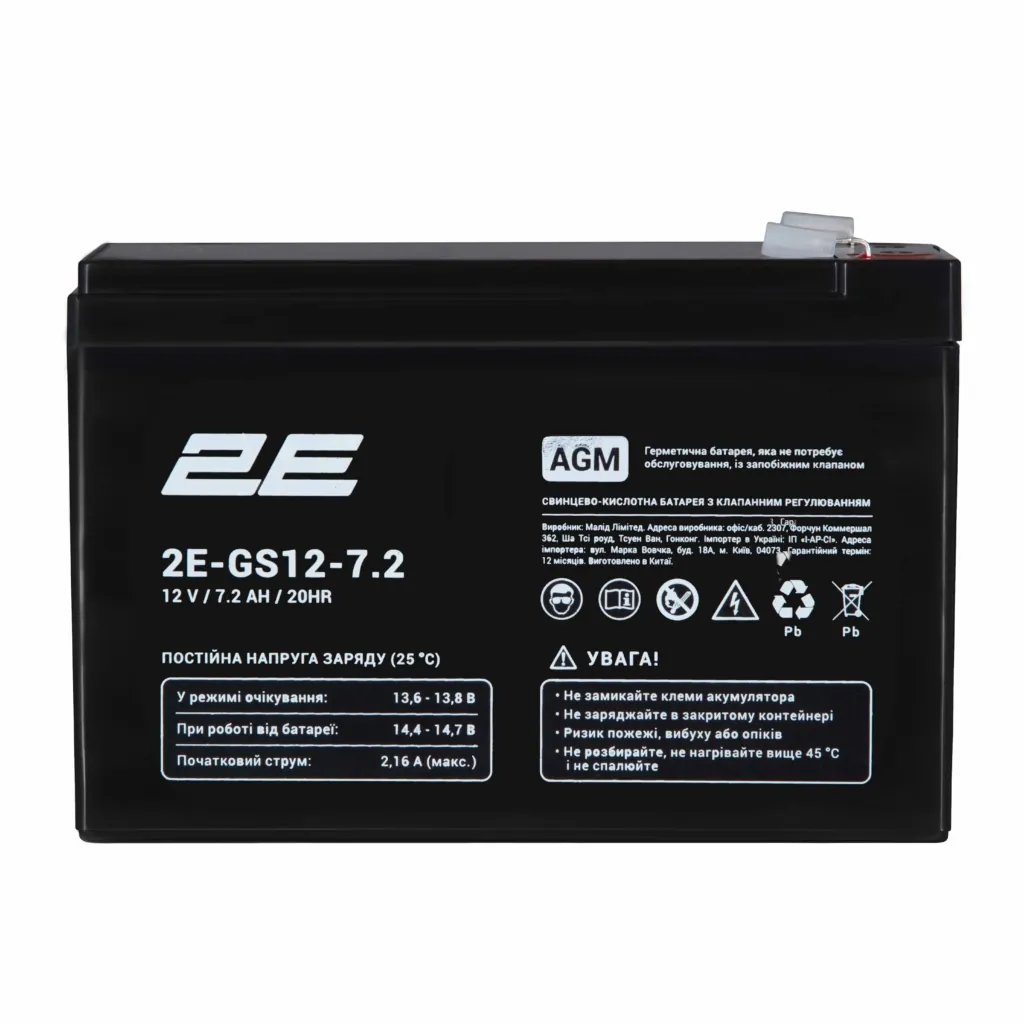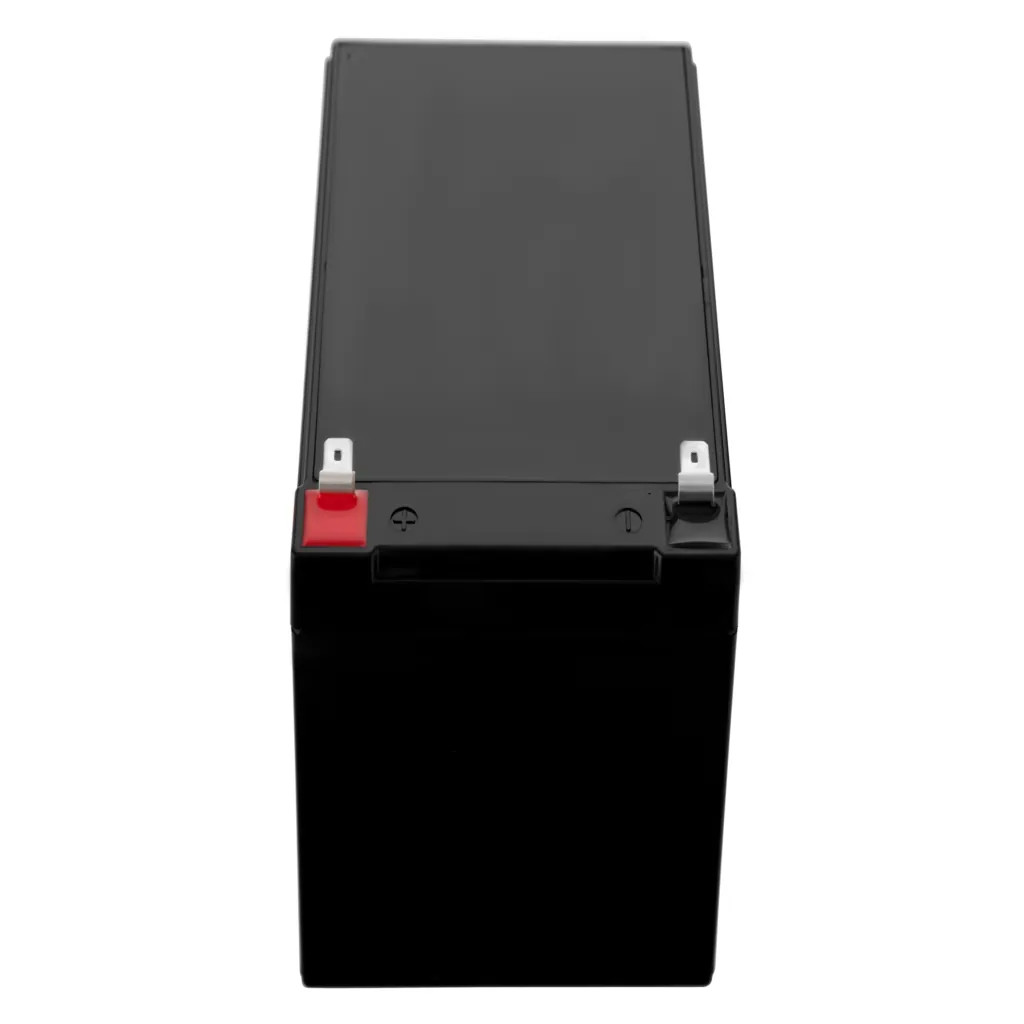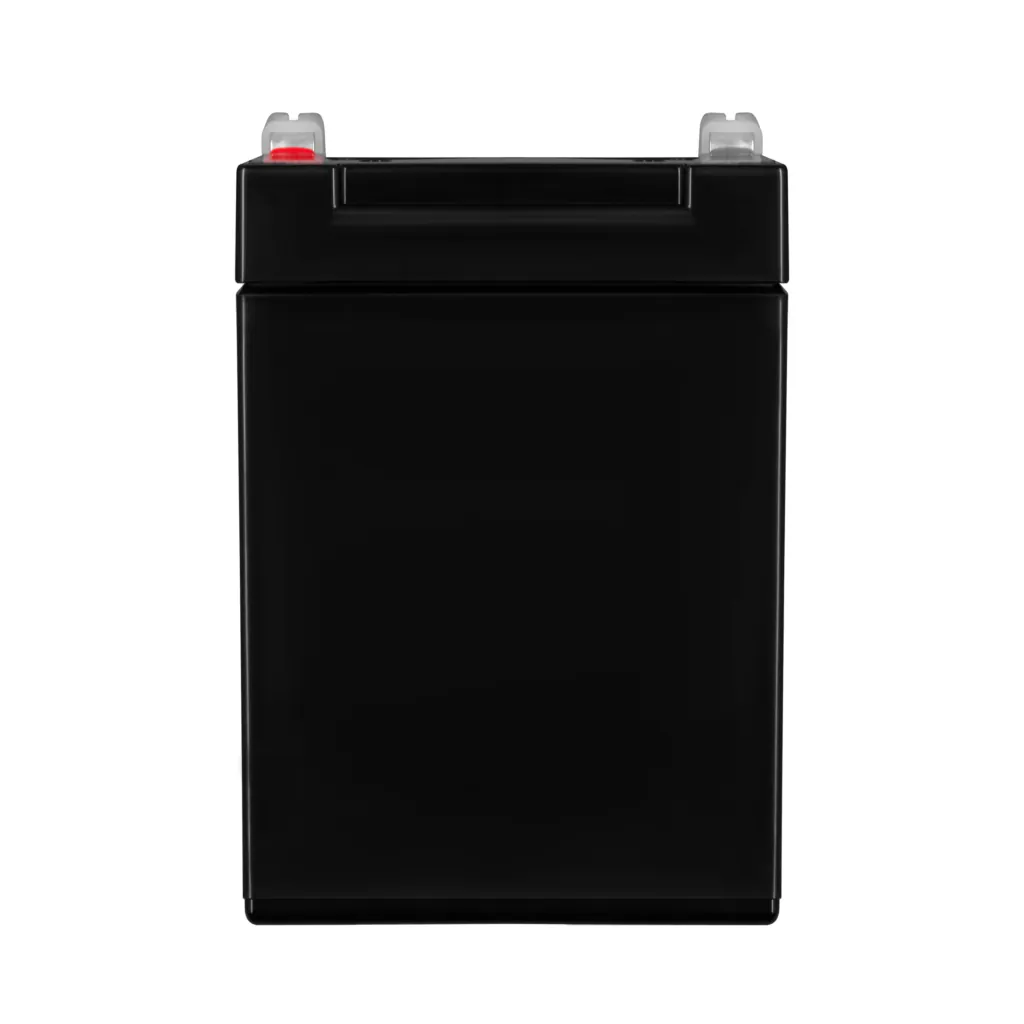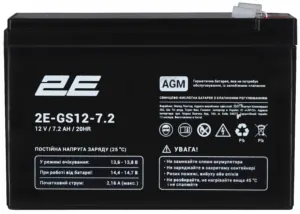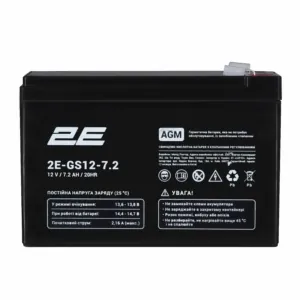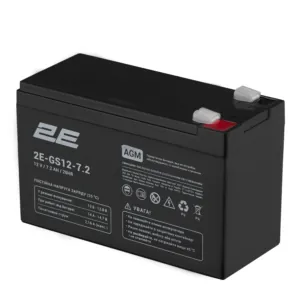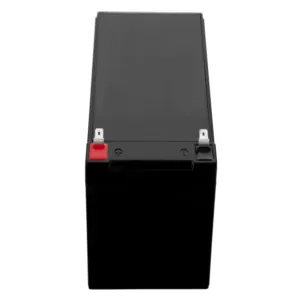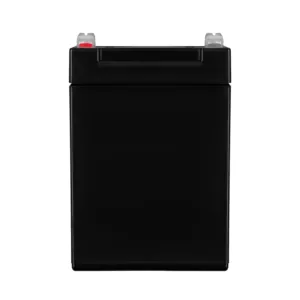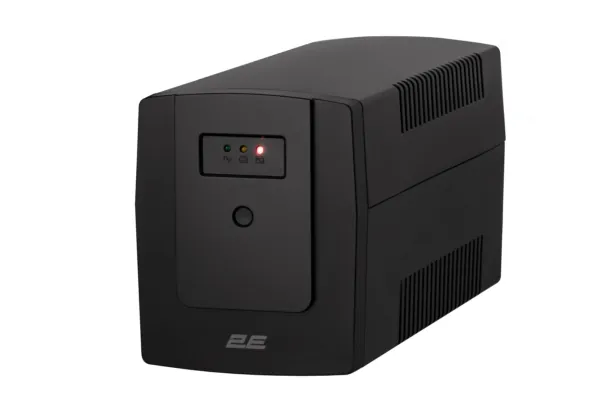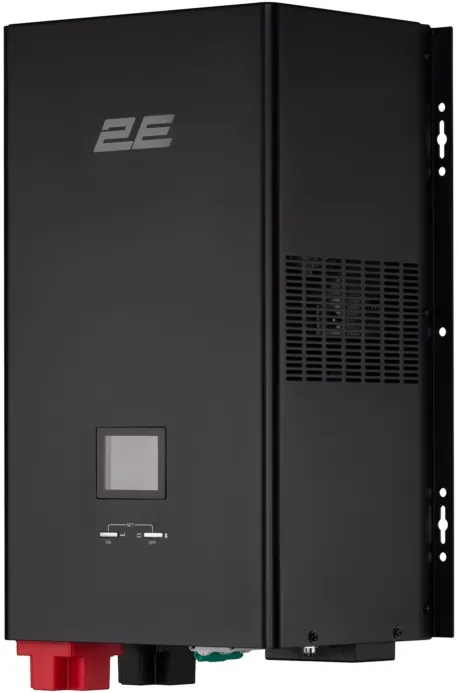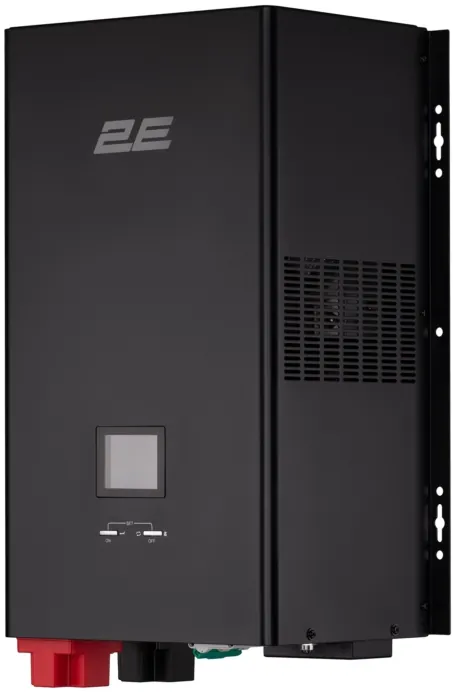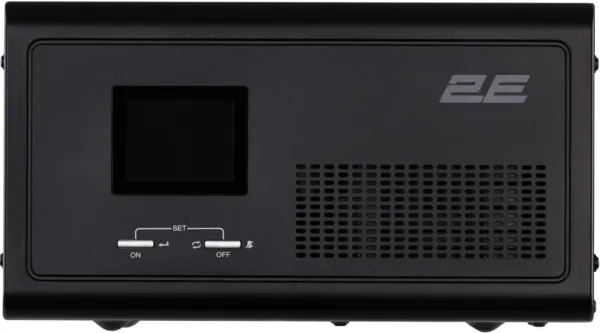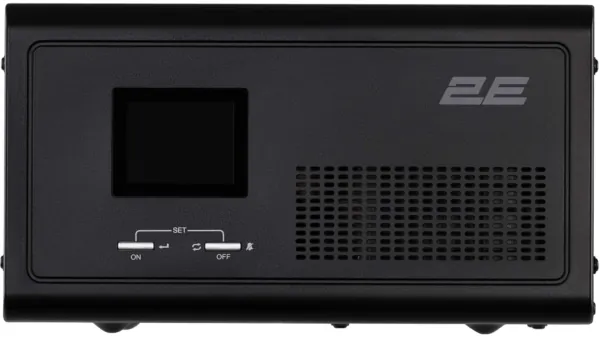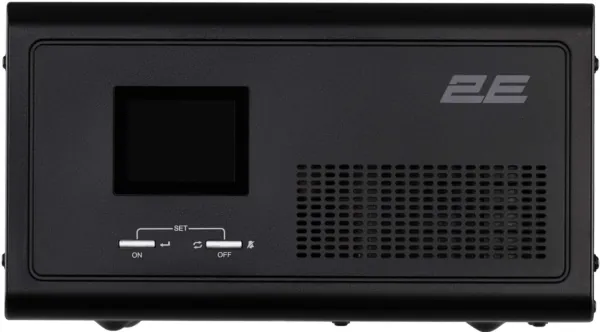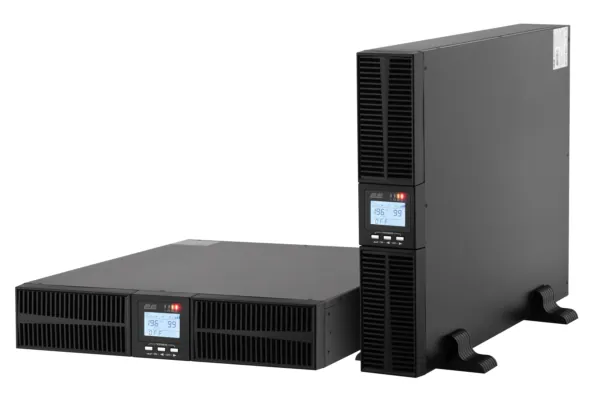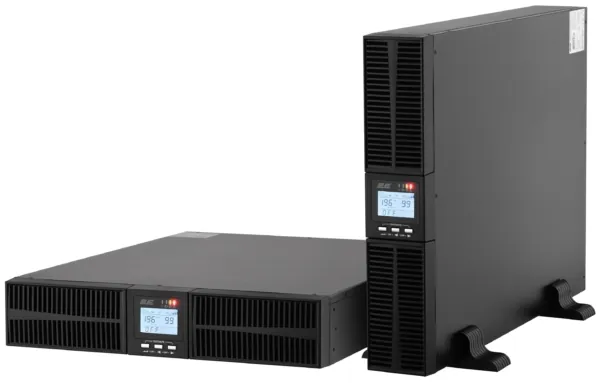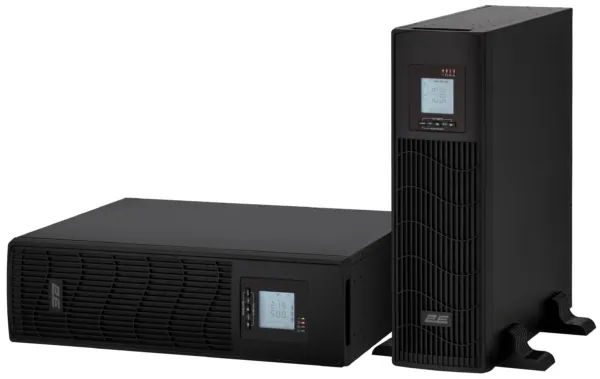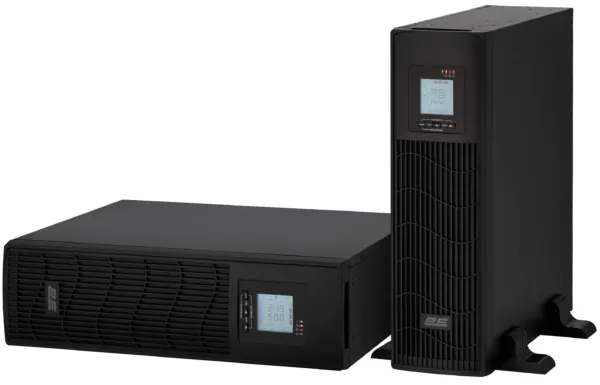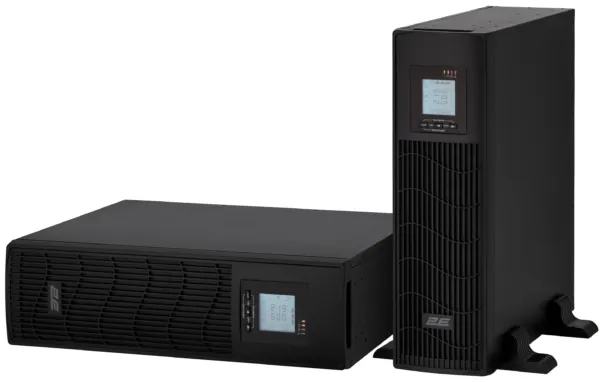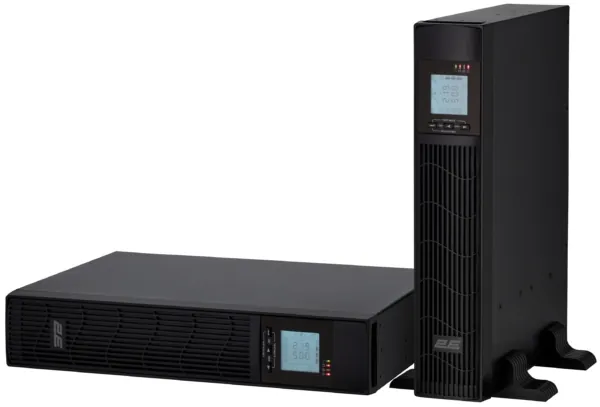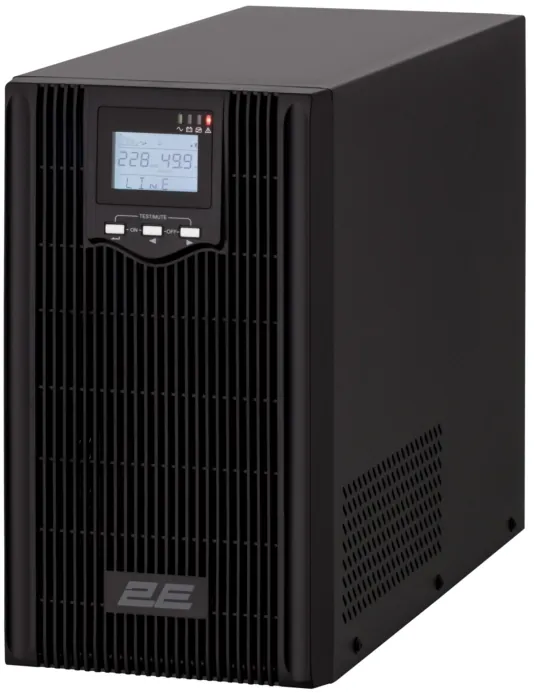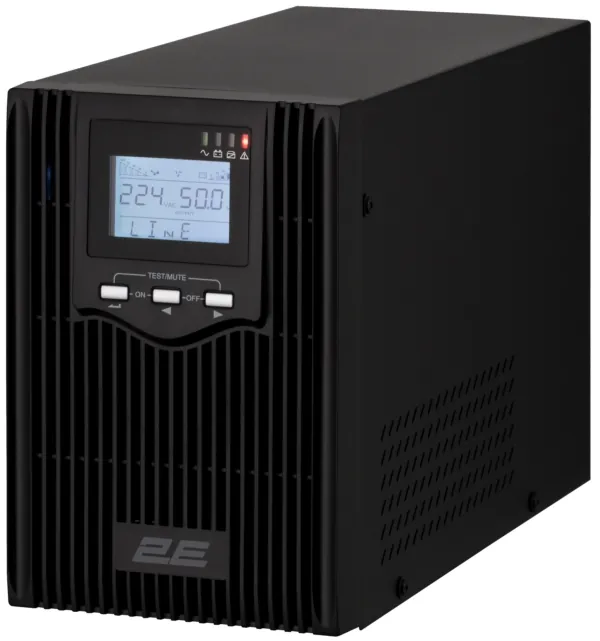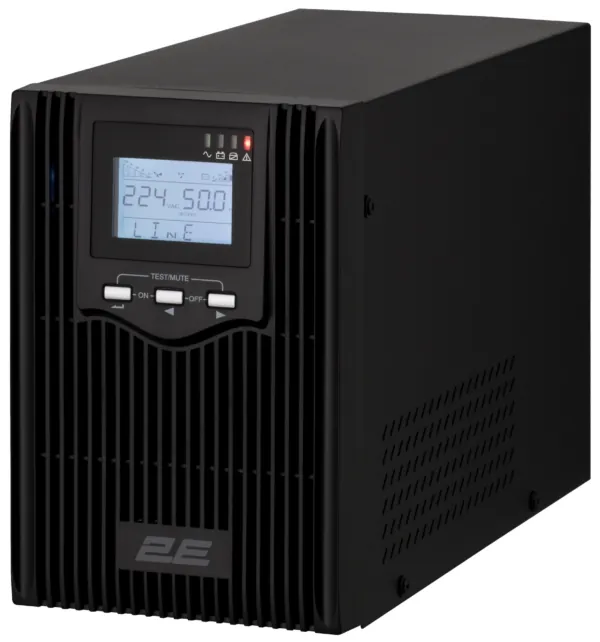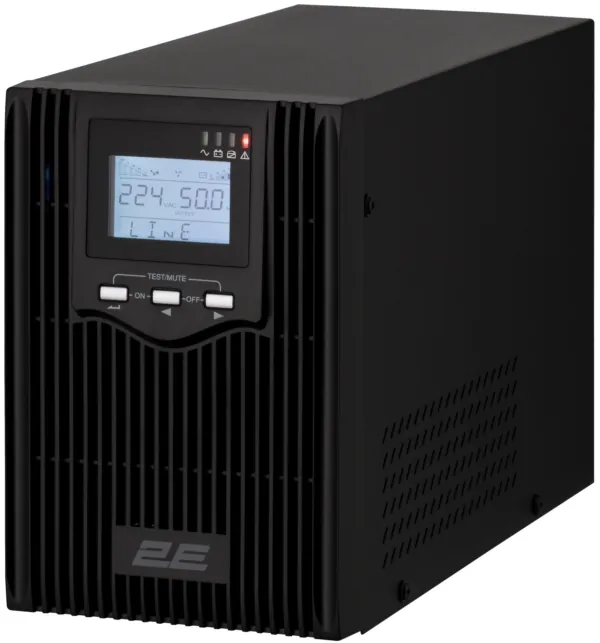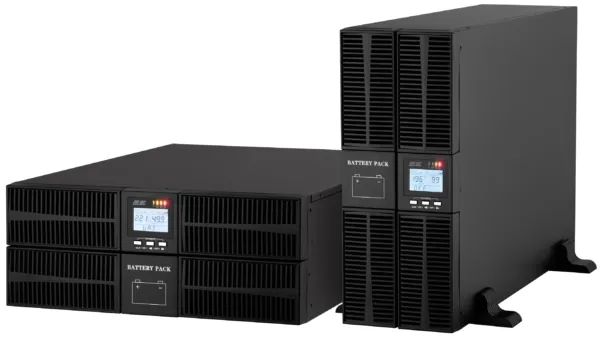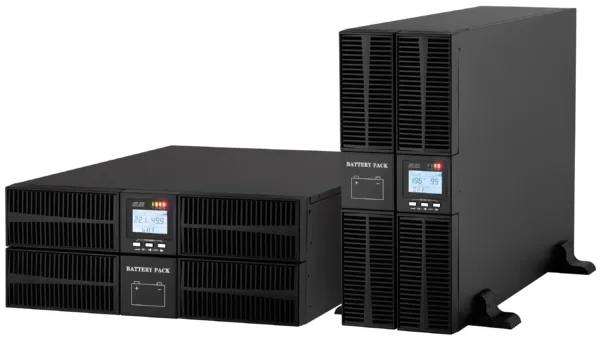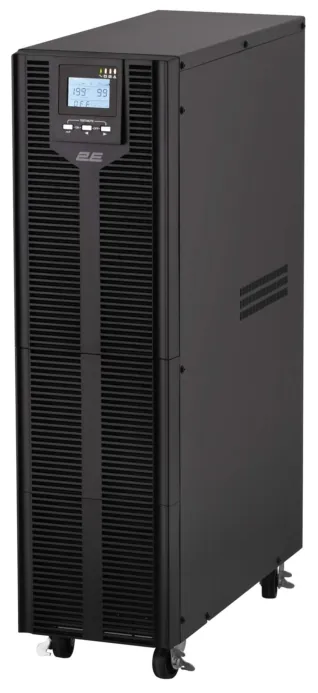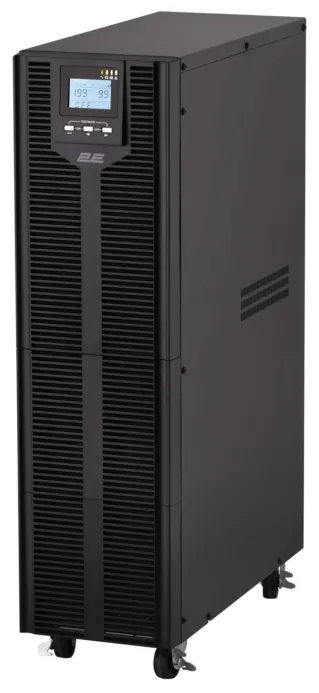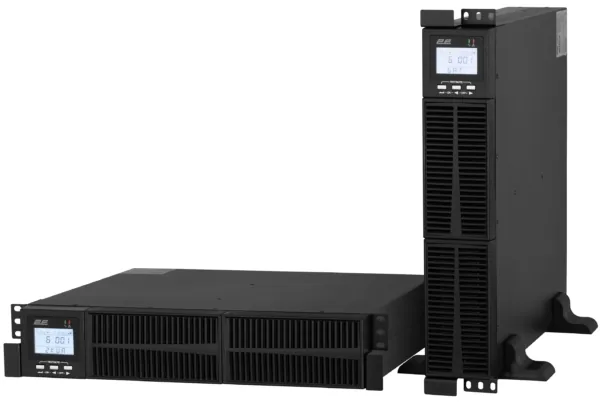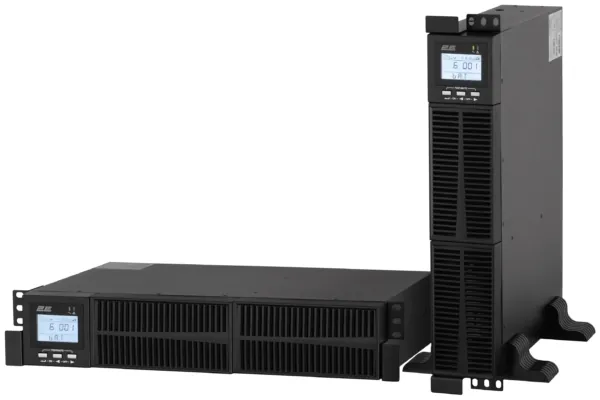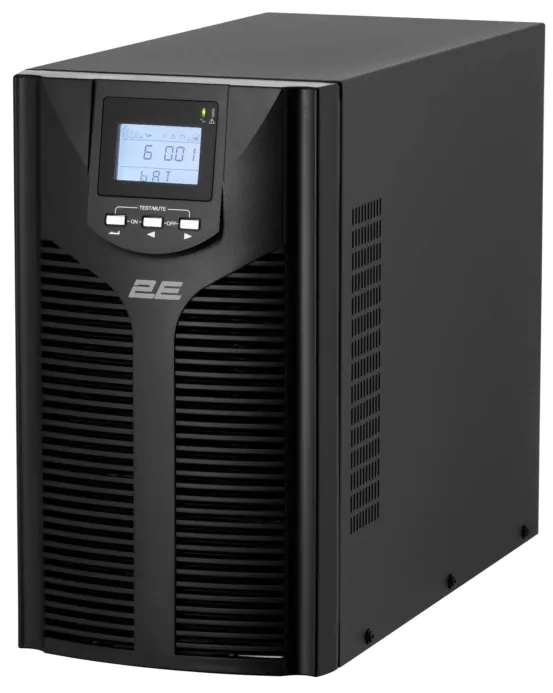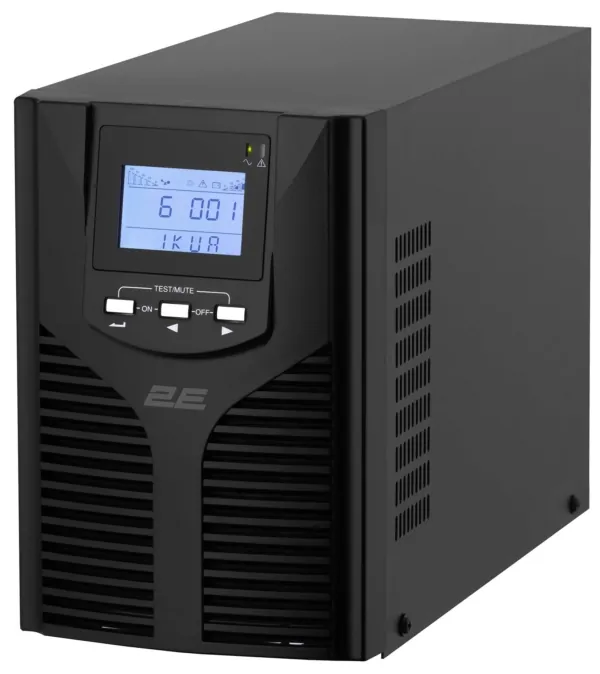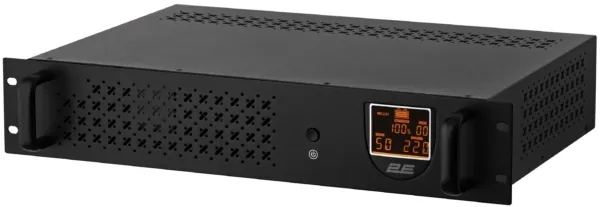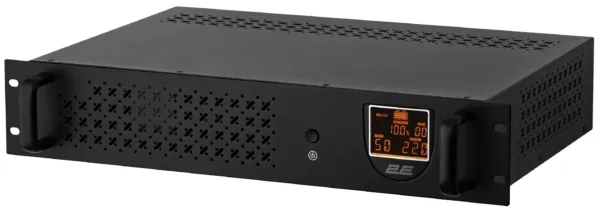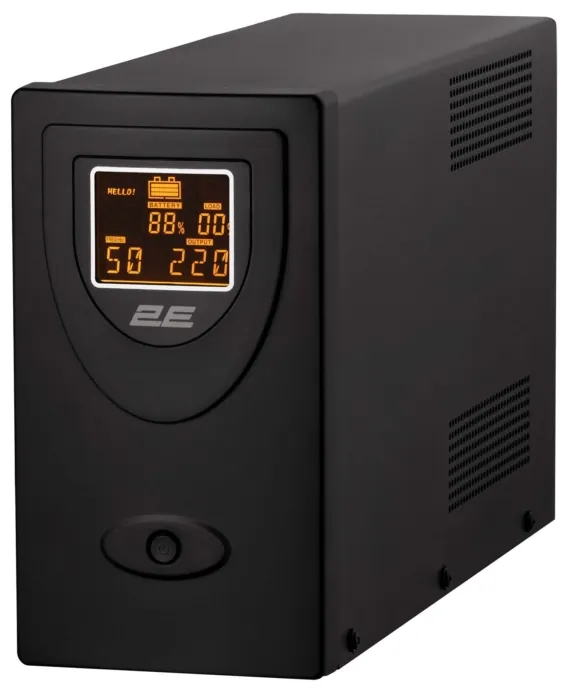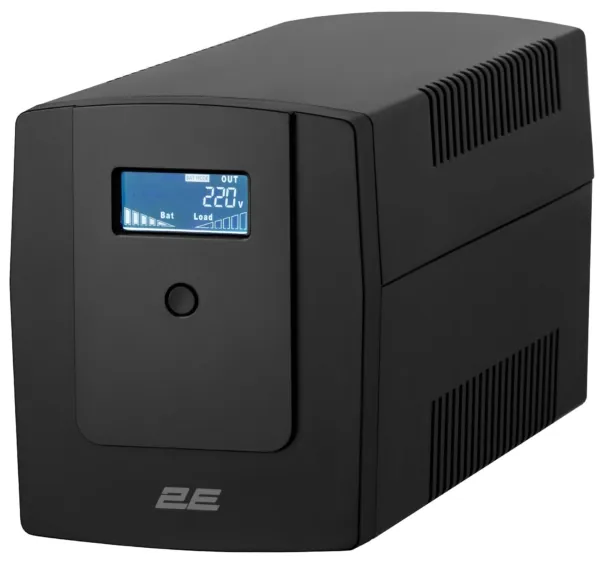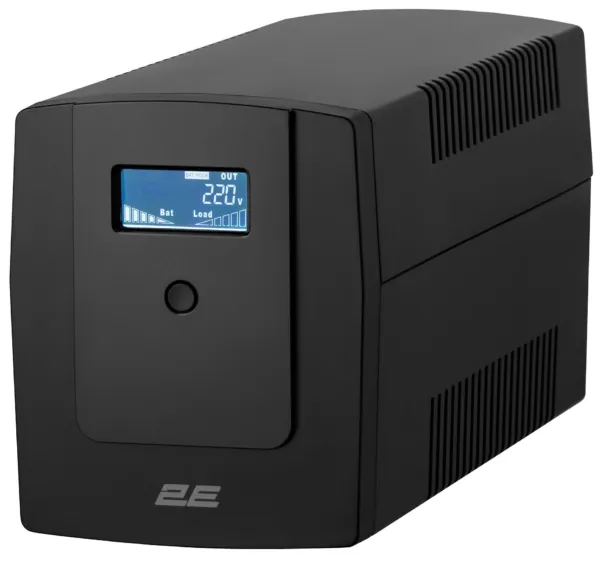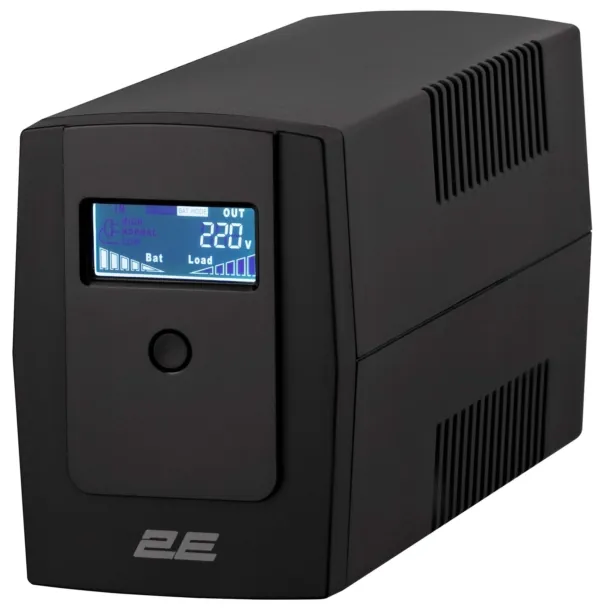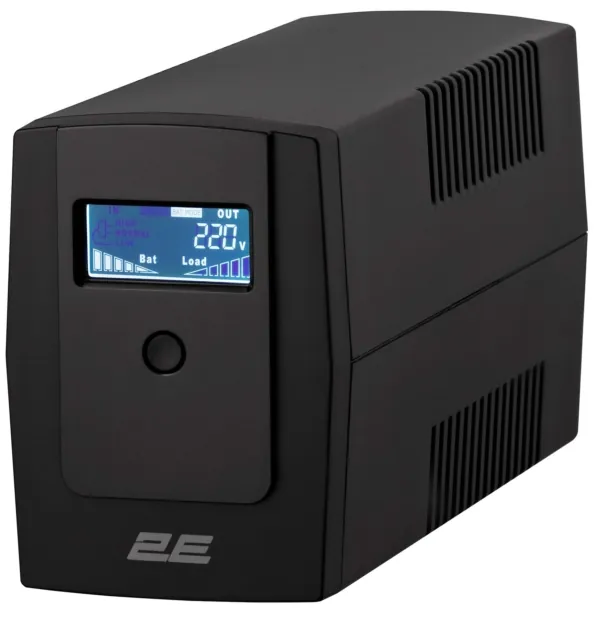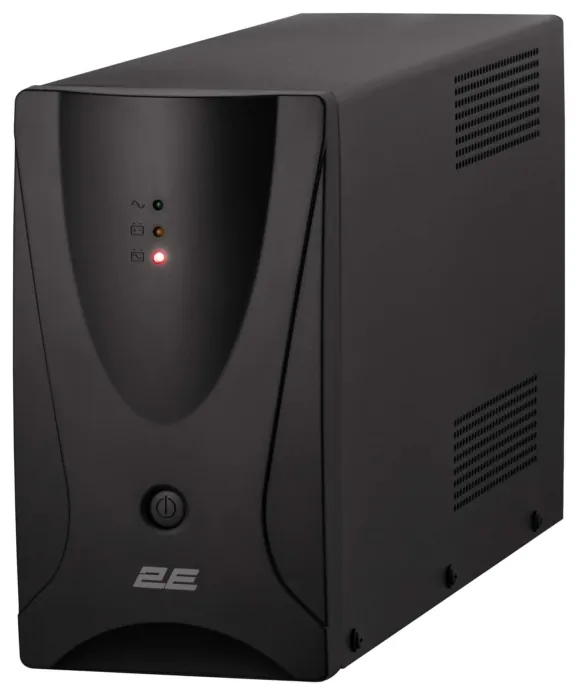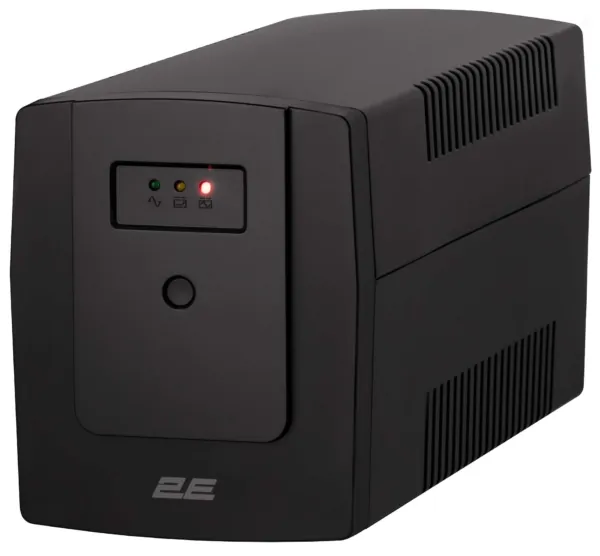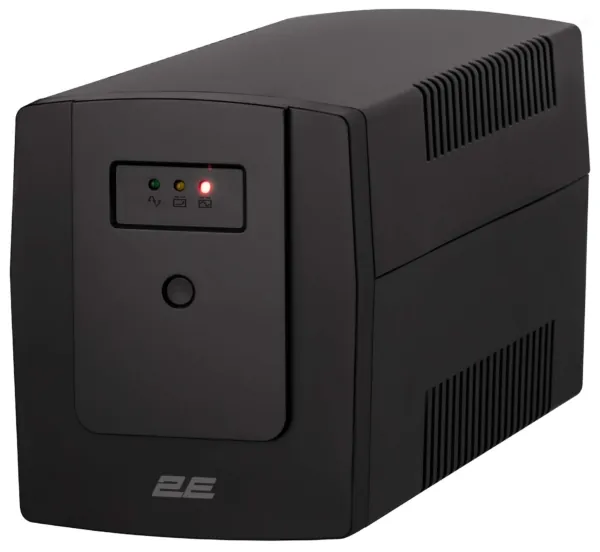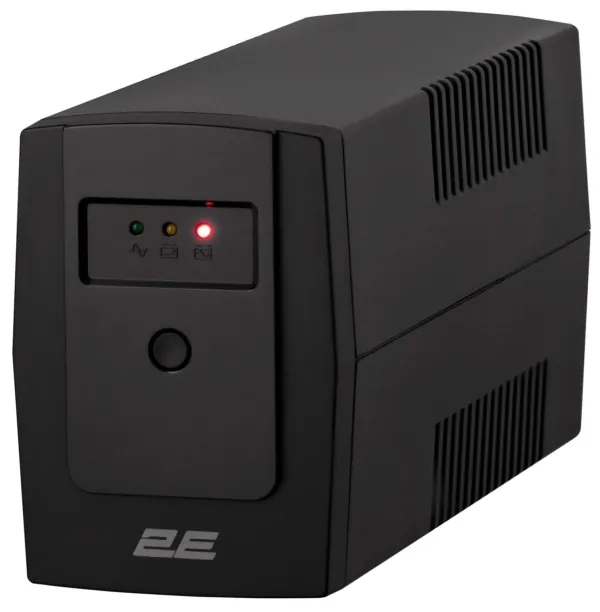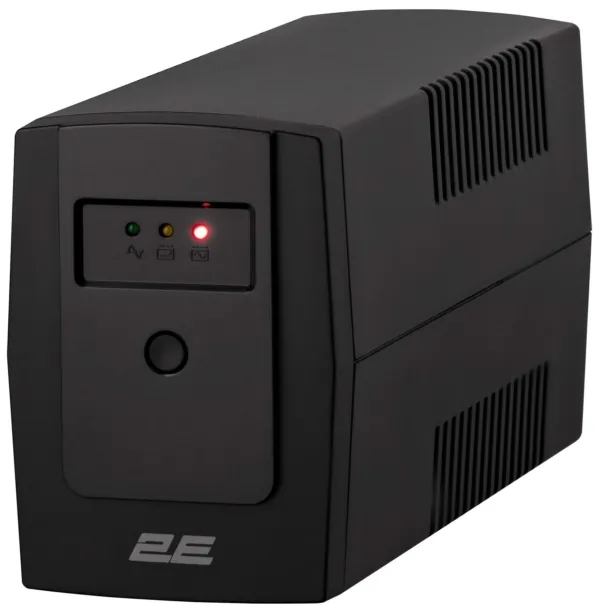VRLA AGM Technology: The Heart of Reliability
This battery belongs to the VRLA (Valve Regulated Lead Acid) type, using AGM technology, where the electrolyte is absorbed by fiberglass separators. This design makes the battery sealed, so it requires no maintenance and guarantees high resistance to vibrations and temperature fluctuations. It is an optimal choice for buffered operation – when the power source is not continuously on but only activates in case of a power outage in the main grid.
Compact Power: Maximum Energy in a Convenient Form Factor
With a size of 151 × 94 × 65 mm and a weight of 2.2 kg, the battery has a capacity of 7.2 Ah (C20). In critical moments, the battery can provide a maximum discharge current of 86.4 A for 5 seconds, ensuring a confident startup for systems. The maximum charge current is 2.16 A, ensuring efficient battery charging without overload. The F2 terminal type guarantees simple and reliable connections, regardless of the system into which the device is integrated.
5 Years of Peace of Mind – With Proper Maintenance
The declared service life of the battery is 5 years in buffered mode, meeting professional requirements for IT infrastructure, video surveillance systems, security alarms, and emergency lighting. However, this lifespan can only be achieved by maintaining the recommended temperature range (25±3°C) and performing regular maintenance after each use, including fully charging the battery.
Operational Precautions: Simple Rules for Long Service Life
This model is not intended for cyclical use, meaning it should not be used for standalone solar stations, portable inverter systems, or as a power source for electric transportation. Violating this principle will significantly shorten its lifespan.
Another important recommendation is not to exceed the allowable currents, not to operate the battery beyond established norms, and to calculate the storage system's capacity based on the battery class. By following the instructions, the battery will operate stably and for a long time, with minimal self-discharge – only 3% per month at a temperature of +20°C.
